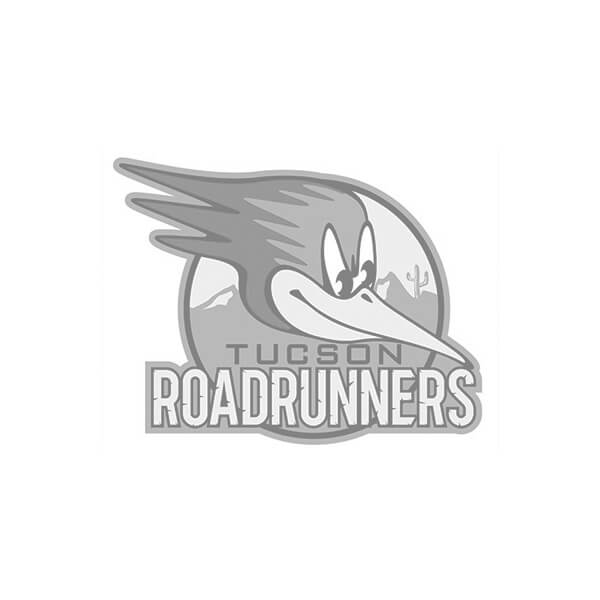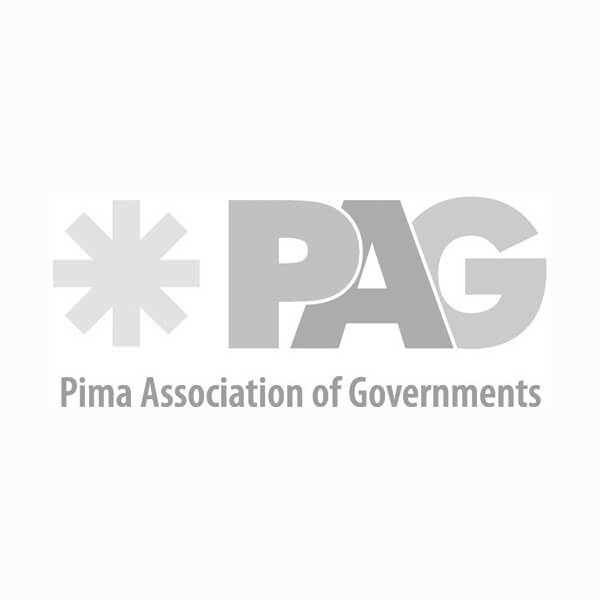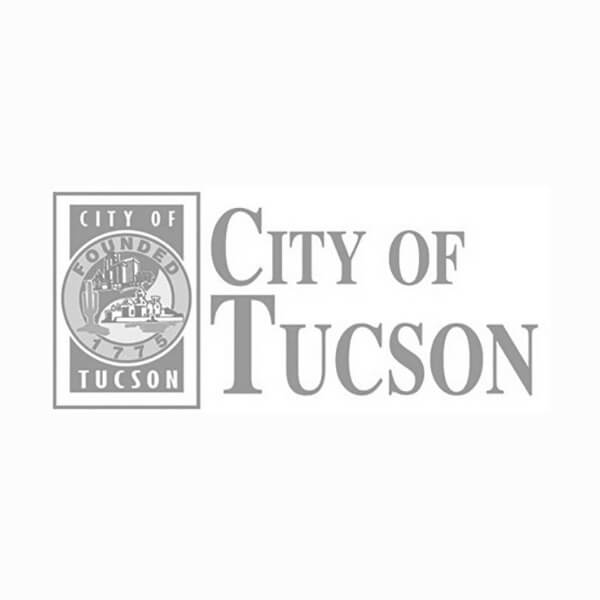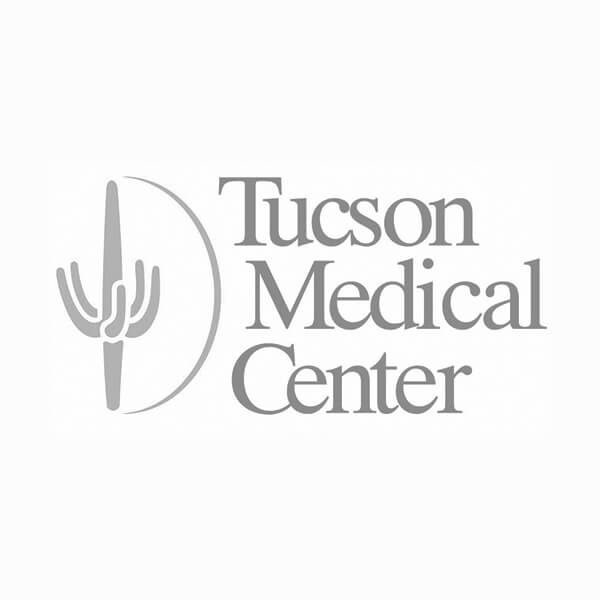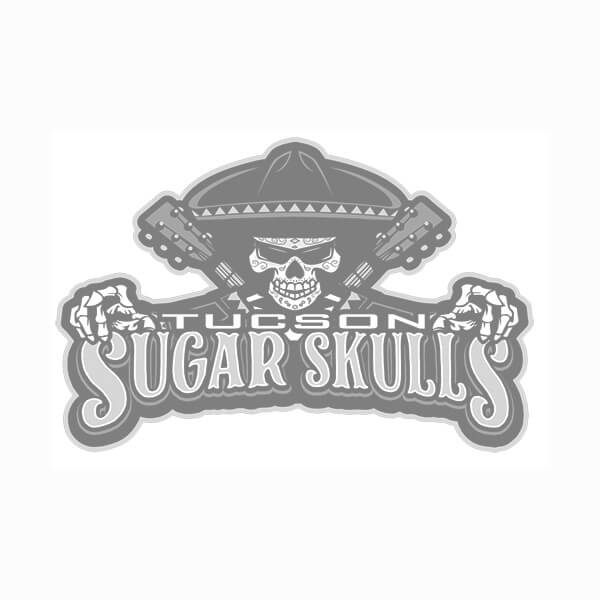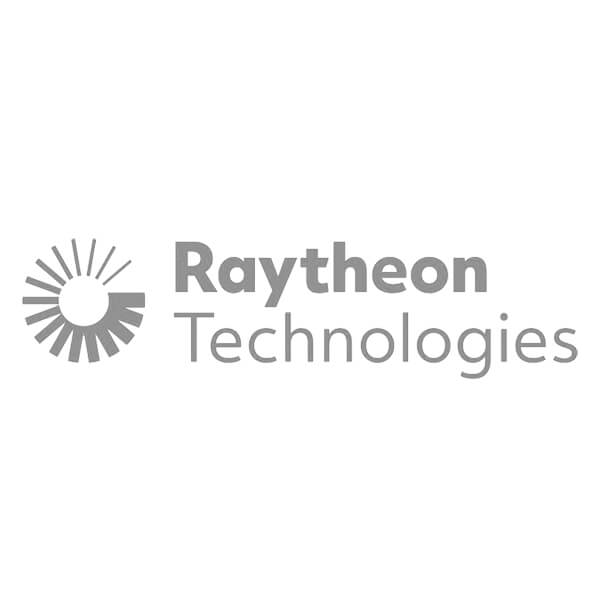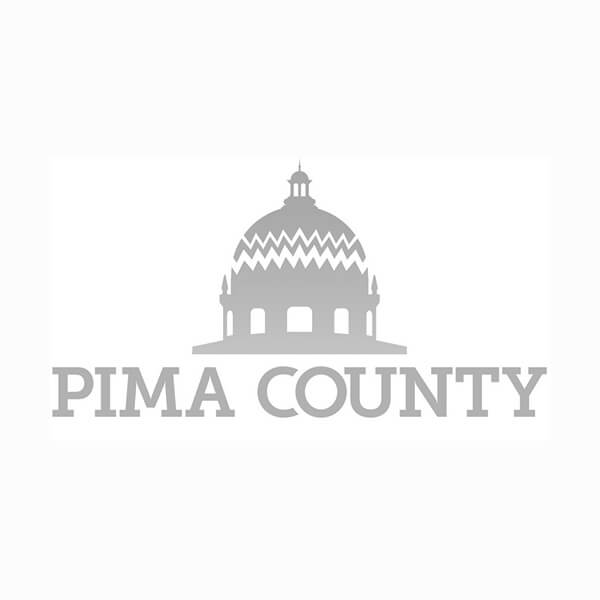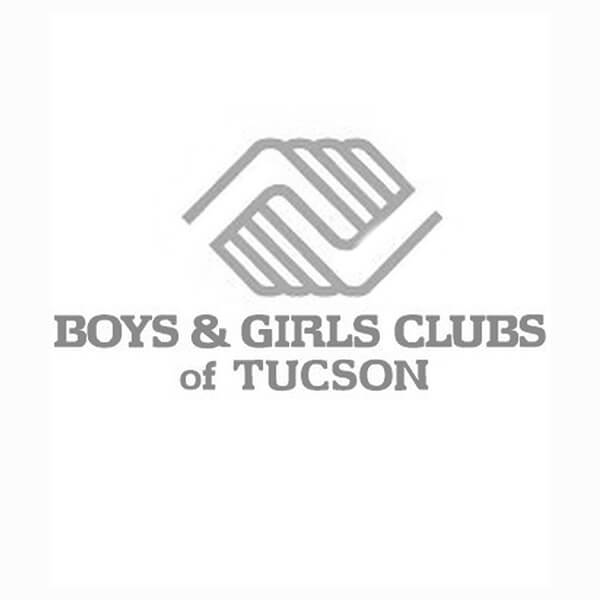Most of those that are visiting our store need some form of printed materials, whether it’s for apparel, signage, engraving, or anything else. Often, these businesses will outsource their printing needs to a professional printing company.
However, there are some best practices that businesses should follow to ensure that their print files are perfect and will result in professional results. This article will go over some of those best practices.
To help lay the groundwork for our blog, let’s go over some related terminology. Understanding these concepts will make it easier to digest the rest of this post and learn more about Graphic Impact’s print file gudelines.
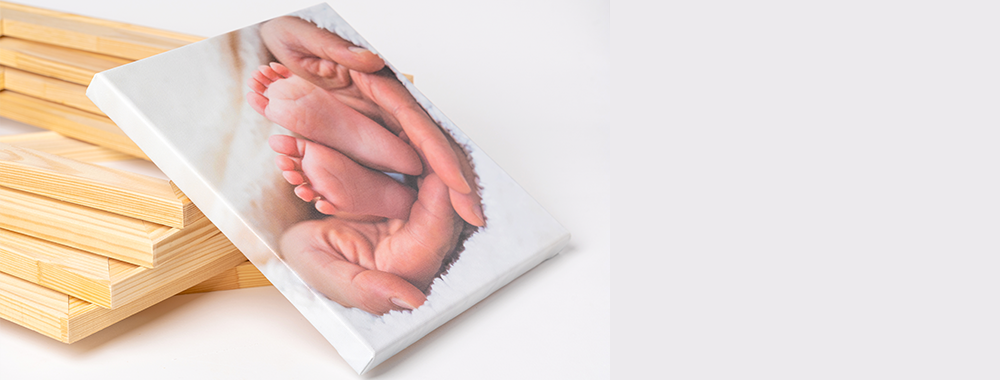
print File Terminology
1. Image Resolution. All images must be a minimum of 300 dpi for best results.
2. It’s important to convert all fonts to outlines in order to ensure the accuracy of your typeface during production. Outlining all fonts is recommended.
3. RGB is most often applied for digital displays, whereas CYMK is more suitable for printed mediums. While the conversion from RGB to CYMK may cause some discrepancies in hue reproduction, it’s necessary to guarantee accurate color representation on physical materials.
4. Print area size may vary depending on the specific product. As a general guideline, the standard print area for t-shirts is 12″ × 16″, while 11 oz. mugs are usually printed in an area of 9″ × 3.5″. Please note that these dimensions may be subject to change without prior notice.
5. At this time we are able to accept files in the following formats: PNG, JPEG and PSD. Please note that we may ask for specific file formats depending on the project requirements. If you have any questions about file formats, please don’t hesitate to contact us for clarification.

What you can do to assure Success of your Next Project
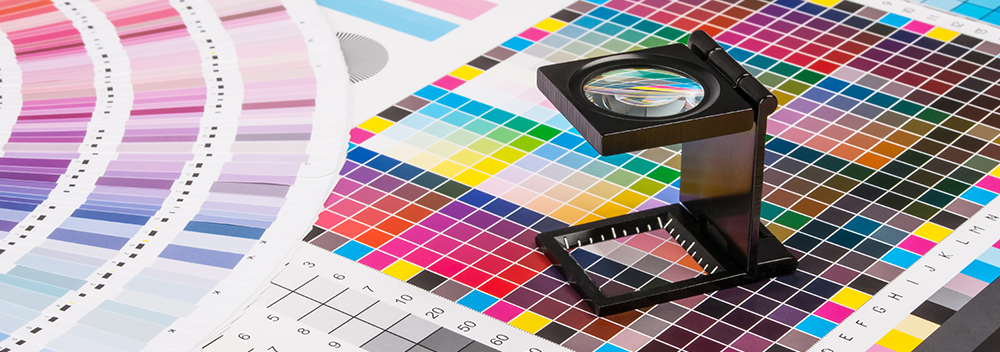
Our Conclusion
In conclusion, investing in quality print files is crucial for the success of an online store. By using high-resolution images, accurate colors, appropriate file formats, and proper preparation for printing, you can ensure that your products are of the highest quality and maximize your sales potential.







